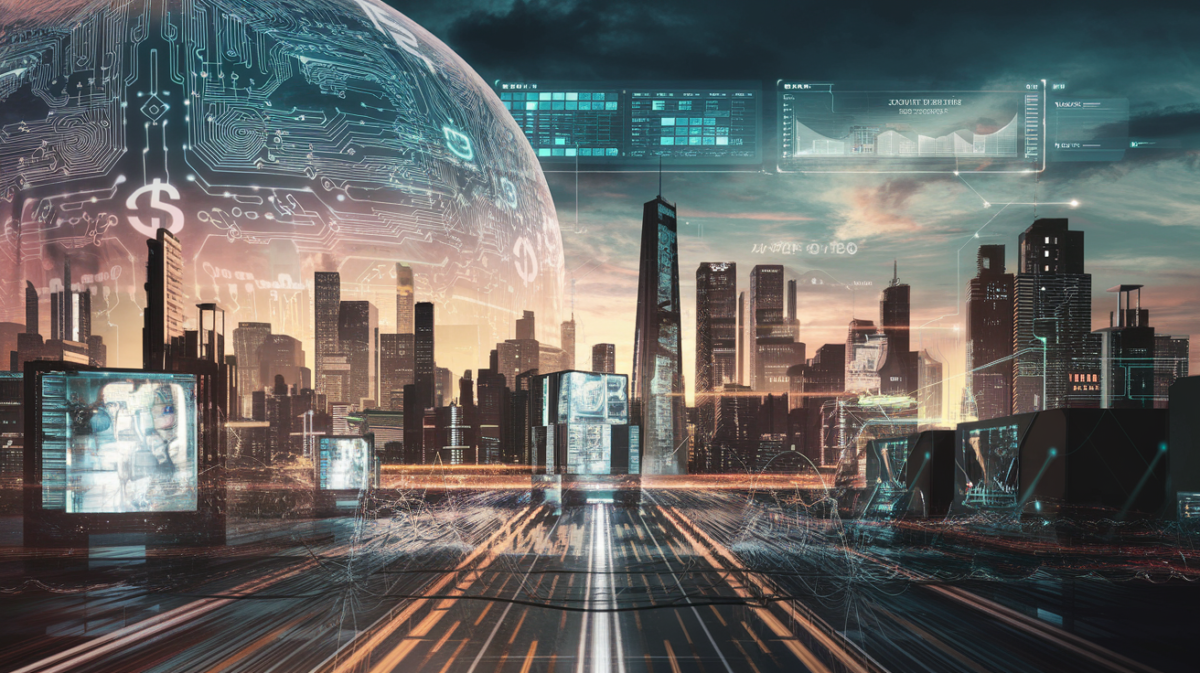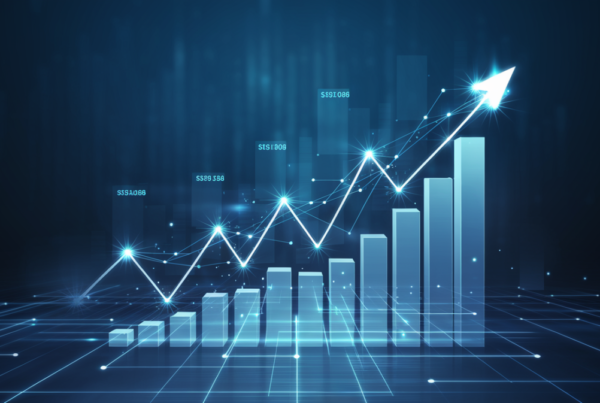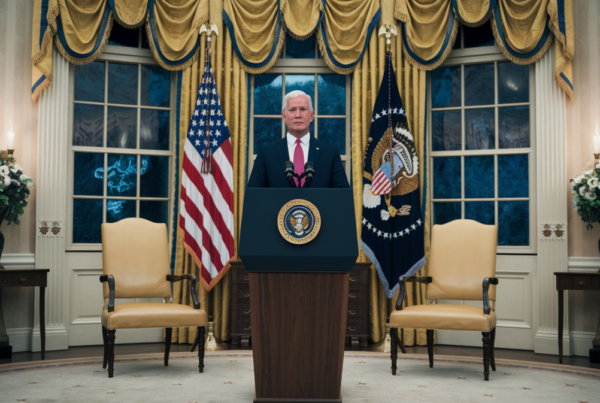Introduction
Artificial intelligence (AI) is no longer just a buzzword—it’s a driving force behind the U.S. economy. With tech giants pouring hundreds of billions into AI development, the sector has become a de facto stimulus, propping up markets and fueling growth. But as investments soar, so do concerns about sustainability. Is this boom a sign of progress, or are we witnessing the early stages of a bubble?
The Unprecedented AI Investment Surge
Major technology companies are betting big on AI, with capital expenditures reaching staggering levels. Here’s a snapshot of the current landscape:
- Microsoft, Alphabet, Meta, and Amazon have collectively pledged over $560 billion toward AI development between 2024 and 2025.
- Microsoft’s market valuation has skyrocketed to $4 trillion, while Meta is nearing $2 trillion, largely driven by AI optimism.
This influx of capital isn’t just reshaping balance sheets—it’s transforming entire industries, from cloud computing to semiconductor manufacturing.
How AI Is Boosting the Economy
The AI boom has had a ripple effect across the U.S. economy, with several key sectors reaping the benefits:
- Cloud Computing: Demand for AI-powered cloud services has surged, with companies like AWS and Google Cloud reporting record revenues.
- Data Centers: The need for infrastructure to support AI models has led to a construction boom in data centers nationwide.
- Semiconductors: Chip manufacturers like NVIDIA and AMD are seeing unprecedented demand for AI-optimized hardware.
The stock market has also felt the impact. The S&P 500 has hit over 30 record highs this year, with AI stocks leading the charge.
The Risks: Is This Another Dot-Com Bubble?
While the AI boom has delivered short-term gains, experts warn of potential pitfalls:
- Overvaluation: Some analysts argue that AI stocks are overpriced, drawing comparisons to the dot-com bubble of the early 2000s.
- Global Concerns: The European Central Bank has flagged the risk of an AI-related asset bubble, cautioning that a market correction could have worldwide repercussions.
The stakes are high. If AI investments fail to deliver expected returns, the fallout could be severe.
Public Sentiment: What Are People Saying?
Discussions on platforms like Reddit and YouTube reflect a mix of optimism and skepticism:
- Reddit: Users debate whether the AI surge is sustainable, with some drawing parallels to past tech bubbles.
- YouTube: Creators analyze the boom’s economic impact, with opinions ranging from bullish to cautious.
These conversations highlight the divide between those who see AI as a transformative force and those who fear a speculative bubble.
Comparing AI to Past Tech Booms
How does the current AI boom stack up against historical tech surges? Here’s a quick comparison:
| Factor | Dot-Com Bubble (2000) | AI Boom (2024) |
|---|---|---|
| Investment Scale | $1.7 trillion (peak) | $560 billion (and growing) |
| Market Impact | NASDAQ lost 78% of its value | S&P 500 at record highs |
| Technological Basis | Internet infrastructure | AI and machine learning |
While the AI boom shares similarities with past tech surges, its foundation in advanced algorithms and real-world applications sets it apart.
Conclusion: What’s Next for AI and the Economy?
The AI boom has undeniably revitalized the U.S. economy, but questions about its longevity remain. Will continued investment lead to groundbreaking innovations, or are we headed for a reckoning? For now, the sector’s growth shows no signs of slowing—but vigilance is key.
As the landscape evolves, one thing is clear: AI is no longer the future. It’s the present, and its impact will shape the economy for years to come.







